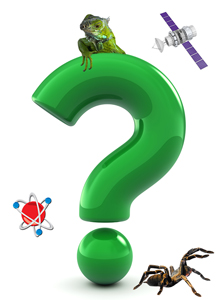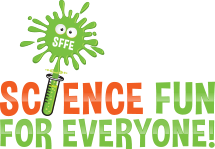Trivia

General Science Trivia
Quiz-summary
0 of 25 questions completed
Questions:
- 1
- 2
- 3
- 4
- 5
- 6
- 7
- 8
- 9
- 10
- 11
- 12
- 13
- 14
- 15
- 16
- 17
- 18
- 19
- 20
- 21
- 22
- 23
- 24
- 25
Information
Try Some Science Trivia!
You have already completed the quiz before. Hence you can not start it again.
Quiz is loading...
You must sign in or sign up to start the quiz.
You have to finish following quiz, to start this quiz:
Results
0 of 25 questions answered correctly
Your time:
Time has elapsed
You have reached 0 of 0 points, (0)
Categories
- Not categorized 0%
-
You’ve reached the level of
Scientist’s Apprentice! -
You’ve reached the level of
Research Scientist! -
You’ve reached the level of
Science Chancellor! -
You got them all right! Consider yourself a
Legend of Science! -
Keep trying Jr. Scientist!
- 1
- 2
- 3
- 4
- 5
- 6
- 7
- 8
- 9
- 10
- 11
- 12
- 13
- 14
- 15
- 16
- 17
- 18
- 19
- 20
- 21
- 22
- 23
- 24
- 25
- Answered
- Review
-
Question 1 of 25
1. Question
1 points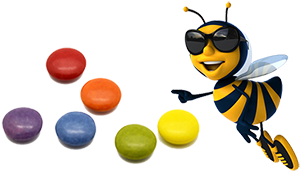
About how many bees does it take to equal the weight of one M&M’s plain chocolate candy?Correct
✔ Great Job!
On average, a bee weighs 90 – 100 milligrams.Incorrect
X
The correct answer is 10 bees! On average, a bee weighs 90 – 100 milligrams. -
Question 2 of 25
2. Question
1 points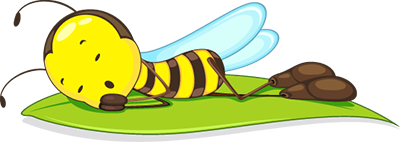
How much do bees sleep?Correct
✔ Great Job!
Bees never sleep but can be found resting in empty cells.Incorrect
X
The correct answer is Never! Bees never sleep but can be found resting in empty cells. -
Question 3 of 25
3. Question
1 points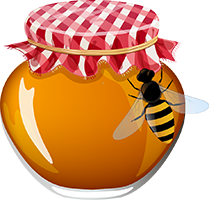
What do bees make honey from?Correct
✔ Great Job!
The nectar is found inside of flowers.Incorrect
X
The correct answer in nectar. It is found inside of flowers. -
Question 4 of 25
4. Question
1 points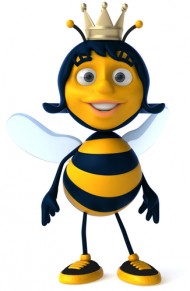
About how many eggs does a queen bee lay each day?Correct
✔ Great Job!
Sometimes only 1 out of 3 eggs live to become adults.Incorrect
X
The correct answer is 1000 – 3000 eggs! Sometimes only 1 out of 3 eggs live to become adults. -
Question 5 of 25
5. Question
1 points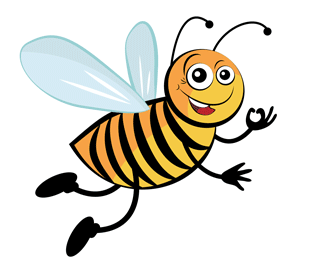
How fast do bees wings beat?Correct
✔ Great Job!
A hummingbirds beat about 80 times per second.Incorrect
X
The correct answer is 180 times per second. Hummingbirds beat about 80 times per second. -
Question 6 of 25
6. Question
1 points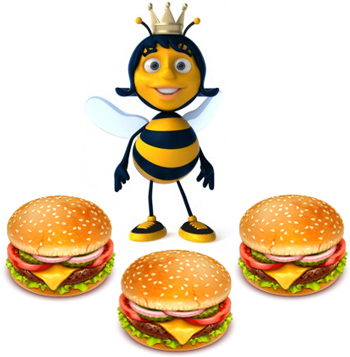
How much does a queen bee have to eat each day to produce her eggs?Correct
✔ Great Job!
This is equal to 12 year old boy eating about 24,000 quarter pound hamburgers from McDonalds… every day!Incorrect
X
The correct answer is 80 times her body weight! This is equal to 12 year old boy eating about 24,000 quarter pound hamburgers from McDonalds… every day! -
Question 7 of 25
7. Question
1 pointsWhat shape is the galaxy we live in, the Milky Way?
Correct

✔ Great Job!
The Milky Way has four spiral arms radiating out from a central cluster of stars or “nucleus”. Our solar system is located on one of the spiral arms, quite far from the center.Incorrect

X
The correct answer is a flat spiral. The Milky Way has four spiral arms radiating out from a central cluster of stars or “nucleus”. Our solar system is located on one of the spiral arms, quite far from the center. -
Question 8 of 25
8. Question
1 points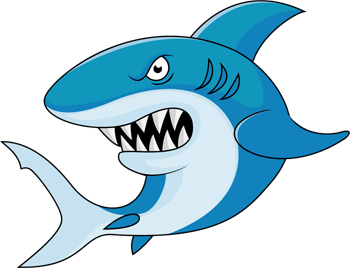
What is NOT found in sharks?Correct
✔ Great Job!
A shark’s skeleton is made of cartilage, a material somewhat softer and more flexible than bone.Incorrect
X
A shark’s skeleton is made of cartilage, a material somewhat softer and more flexible than bone. -
Question 9 of 25
9. Question
1 points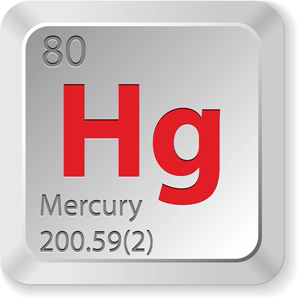
The metal mercury is…Correct
✔ Great Job!
Mercury, or quicksilver, is also quite poisonous.Incorrect
X
The correct answer is “a liquid at room temperature!” Mercury, or quicksilver, is also quite poisonous. -
Question 10 of 25
10. Question
1 points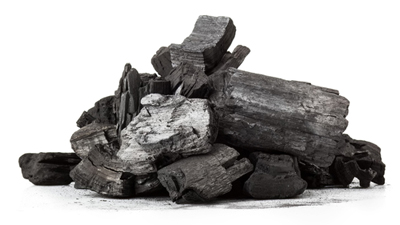
If you were to take a lump of coal and squeeze for a long time at very high temperatures, you would end up with…Correct
✔ Great Job!
This process, occurring in the Earth’s crust, produces natural diamonds.Incorrect
X
The correct answer is a diamond! This process, occurring in the Earth’s crust, produces natural diamonds. -
Question 11 of 25
11. Question
1 points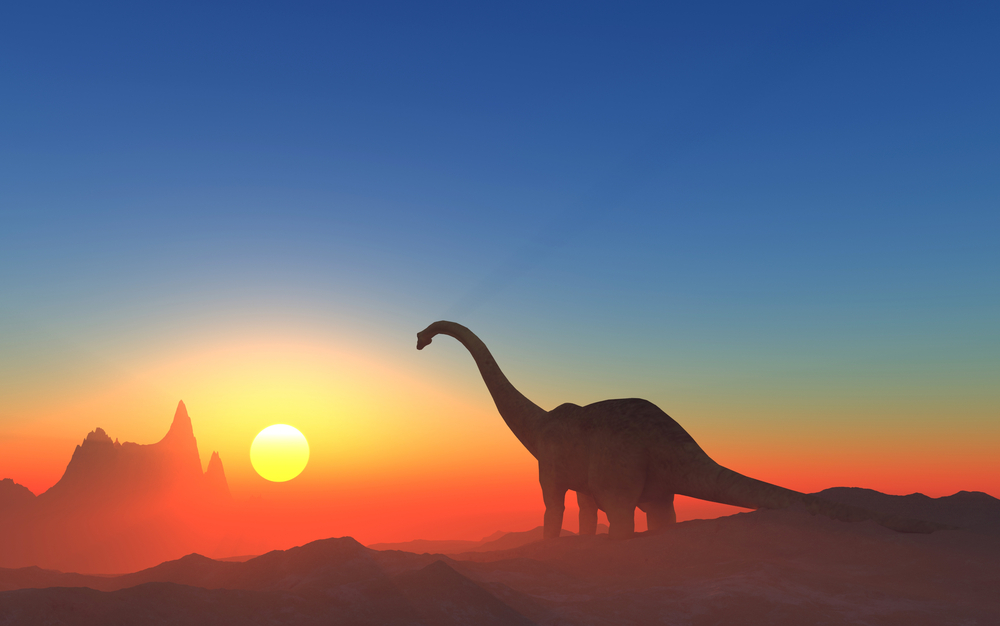
It is now believed that dinosaurs became extinct because of:Correct
✔ Great Job!
A large meteorite is thought to have collided with the earth at the end of the Cretaceous period, some 65 million years ago. The extinctions were caused by climate changes resulting from the collision.Incorrect
X
The correct answer is a meteorite impact! A large meteorite is thought to have collided with the earth at the end of the Cretaceous period, some 65 million years ago. The extinctions were caused by climate changes resulting from the collision. -
Question 12 of 25
12. Question
1 points
What is the chemical formula for water?Correct
✔ Great Job!
H2O is the formula for water. This means that it contains 2 hydrogen (H) atoms joined to one oxygen (O) atom. When atoms are joined together they make a molecule.Incorrect
X
The correct answer is H2O. This means that it contains 2 hydrogen (H) atoms joined to one oxygen (O) atom. When atoms are joined together they make a molecule. -
Question 13 of 25
13. Question
1 points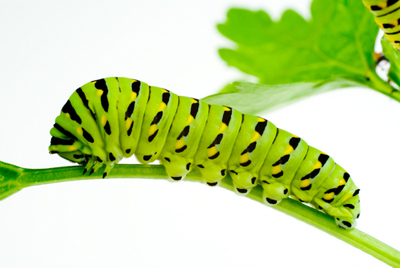
What does a caterpillar change into?Correct

✔ Great Job!
A caterpillar is one of the stages in the life cycle of a butterfly. The caterpillar eats lots of food then makes a case for itself called a chrysalis and comes out as a beautiful butterfly.Incorrect

X
The correct answer is a butterfly! A caterpillar is one of the stages in the life cycle of a butterfly. The caterpillar eats lots of food then makes a case for itself called a chrysalis and comes out as a beautiful butterfly. -
Question 14 of 25
14. Question
1 points
What are clouds made out of?Correct
✔ Great Job!
Clouds are made of water. When a cloud gets too full of water, it rains. If it’s really cold, the rainwater freezes and this is when we get snow.Incorrect
X
The correct answer is water! Clouds are made of water. When a cloud gets too full of water, it rains. If it’s really cold, the rainwater freezes and this is when we get snow. -
Question 15 of 25
15. Question
1 points
What does a carnivore eat?Correct
✔ Great Job!
Carnivores are animals that eat mostly meat.Incorrect
X
The correct answer is meat! Carnivores are animals that eat mostly meat. -
Question 16 of 25
16. Question
1 points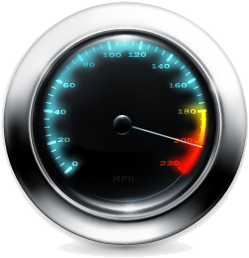
Which of the following travels the fastest?Correct
✔ Great Job!
Light travels at about 670,616,629 miles per hour! (That’s over 670 million miles per hour)!Incorrect
X
The correct answer is light! Light travels at about 670,616,629 miles per hour! (That’s over 670 million miles per hour)! -
Question 17 of 25
17. Question
1 points
What do you call a scientist that studies the stars?Correct
✔ Great Job!
Astronomers also study planets and other celestial bodies.Incorrect
X
The correct answer is an Astronomer! Astronomers also study planets and other celestial bodies. -
Question 18 of 25
18. Question
1 points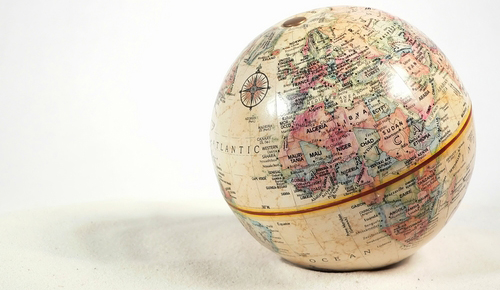
What is the name of the invisible line that runs right around the Earth’s middle, dividing it into two halves?Correct
✔ Great Job!
The Equator divides the Earth exactly in half! The top half is called the Northern Hemisphere and the bottom half is called the Southern Hemisphere.Incorrect
X
The correct answer is the equator! The Equator divides the Earth exactly in half! The top half is called the Northern Hemisphere and the bottom half is called the Southern Hemisphere. -
Question 19 of 25
19. Question
1 points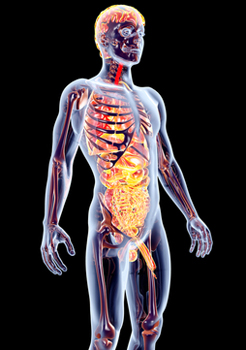
What is the name of the organ in our bodies that pumps blood?Correct
✔ Great Job!
The heart pumps blood around our bodies for us. If you put your hand to your chest, you can feel your heart going “thud-thud” – the “thud-thud” sound is your heart pumping blood.Incorrect
X
The correct answer is the heart! The heart pumps blood around our bodies for us. If you put your hand to your chest, you can feel your heart going “thud-thud” – the “thud-thud” sound is your heart pumping blood. -
Question 20 of 25
20. Question
1 points
What is the name of the gas in the air that keeps us alive?Correct
✔ Great Job!
The oxygen in air is absorbed in our lungs and keeps us alive. The air we breathe contains lots of different gases such as nitrogen. Less than a quarter of the air around us is oxygen, but that’s all we need!Incorrect
X
The correct answer is Oxygen! The oxygen in air is absorbed in our lungs and keeps us alive. The air we breathe contains lots of different gases such as nitrogen. Less than a quarter of the air around us is oxygen, but that’s all we need! -
Question 21 of 25
21. Question
1 points
What happens if you melt a solid such as ice?Correct
✔ Great Job!
When you melt ice, it changes from a solid into a liquid. If you put an ice cube on the sink, it will slowly change from a solid little block of ice into a puddle of water as it melts.Incorrect
X
The correct answer is it changes from a solid into a liquid. If you put an ice cube on the sink, it will slowly change from a solid little block of ice into a puddle of water as it melts. -
Question 22 of 25
22. Question
1 points
Which of these living things does NOT have a backbone?Correct
✔ Great Job!
An earthworm is one of a number of animals that don’t have backbones (spines). Animals without backbones are called invertebrates.Incorrect
X
The correct answer is an Earthworm. An earthworm is one of a number of animals that don’t have backbones (spines). Animals without backbones are called invertebrates. -
Question 23 of 25
23. Question
1 points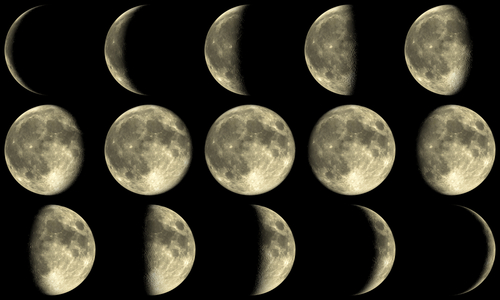
If the moon is full, what shape is it in the sky?Correct
✔ Great Job!
When the moon is full, it looks like a circle in the sky. The moon shines and looks bright at night because light from the sun is bouncing off its surface.Incorrect
X
The correct answer is when the moon is full, it looks like a circle in the sky. The moon shines and looks bright at night because light from the sun is bouncing off its surface. -
Question 24 of 25
24. Question
1 points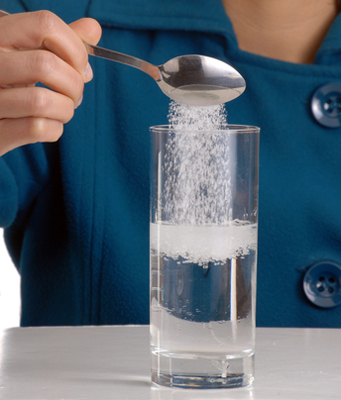
If I dissolve some sugar in regular water, what have I made?Correct
✔ Great Job!
When you dissolve something in something else, it is called making a solution. A cup of tea is a solution too, but I need some tea-leaves to make that as well as sugar!Incorrect
X
The correct answer is a solution! When you dissolve something in something else, it is called making a solution. A cup of tea is a solution too, but I need some tea-leaves to make that as well as sugar! -
Question 25 of 25
25. Question
1 points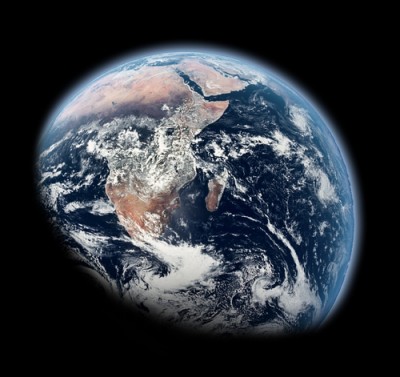
Planet Earth is the ______ planet from the Sun.Correct
✔ Great Job!
The Earth is almost 150 million kilometres from the sun! This is just the right distance – any closer, and it would be too hot for us; any further away, and it would be too cold.Incorrect
X
The correct answer is the third planet from the Sun. The Earth is almost 150 million kilometres from the sun! This is just the right distance – any closer, and it would be too hot for us; any further away, and it would be too cold.
Or try some themed science trivia specifically for your grade level!
Just click on your grade below to get started